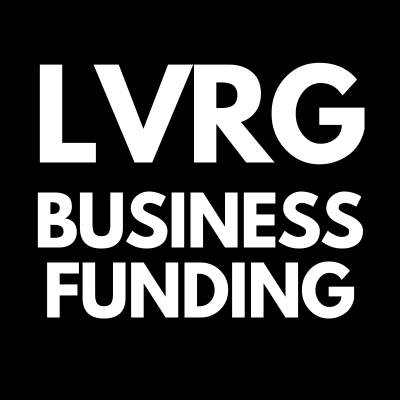Taking Control of Your Cash Flow: A Must for Small Business Owners
As a small business owner, you wear multiple hats on a daily basis. From managing day-to-day operations to strategizing your growth plans, your responsibilities are endless. However, one crucial aspect that should always top your priority list is controlling your cash flow. After all, as the saying goes, "Control your cash flow before your cash flow controls you."
Why is cash flow control essential?
Cash flow is the lifeblood of any business, and it directly impacts your ability to pay your bills, meet payroll, stock inventory, and invest in growth opportunities. Without proper management, your cash flow can quickly become a major source of stress and even put your business at risk.
So, how can you take control of your cash flow?
1. Monitor and forecast: Start by closely monitoring your cash flow on a regular basis. Document your income and expenses, and use this data to forecast your future cash flow. Anticipating potential shortfalls or surpluses can help you make informed decisions and plan ahead.
2. Streamline invoicing and payment processes: Delayed or late payments can impede your cash flow. Implement invoicing systems that ensure prompt sending of invoices and set clear payment terms. Consider offering incentives for early payments and send reminders for overdue invoices to improve collection efficiency.
3. Control expenses: Regularly review your expenses and identify areas where you can cut costs without sacrificing quality. Negotiate better terms with suppliers, explore opportunities for bulk purchasing, and analyze ongoing expenses to ensure they align with your business needs.
4. Manage inventory effectively: Avoid overstocking or understocking your inventory, as both scenarios can adversely impact your cash flow. Keep a close eye on purchasing trends, track inventory turnover ratios, and optimize stock levels to ensure you have the right balance.
5. Negotiate terms with vendors: Extend your payables to vendors, where feasible, to improve your cash flow. Negotiate favorable terms such as longer payment windows or discounts for early payments.
6. Explore financing options: Cash flow gaps may arise due to seasonality or unexpected circumstances. It's wise to explore financing options like business lines of credit or small business loans to bridge these gaps and maintain a smooth cash flow.
7. Guard against slow-paying customers: Implement a robust credit policy to avoid late or non-paying customers. Conduct credit checks before extending credit, enforce strict payment terms, and follow up diligently on overdue payments to minimize the impact on your cash flow.
8. Seek professional advice: If managing cash flow seems overwhelming, don't hesitate to seek the guidance of an accountant or financial advisor. Their expertise can provide valuable insights into improving your cash flow management practices.
The rewards of taking control:
By taking control of your cash flow, you'll reap various benefits that positively impact your small business:
Increased financial stability and business resilience
Improved decision-making based on accurate cash flow forecasts
Enhanced ability to seize growth opportunities
Minimized borrowing needs and reduced interest costs
Strengthened vendor and supplier relationships
Reduced stress and improved peace of mind
In conclusion, as a small business owner, it's your responsibility to ensure that your cash flow remains within your control. By diligently monitoring, forecasting, and implementing effective strategies, you can proactively manage your cash flow and pave the way for sustainable growth and success. Remember, controlling your cash flow is not just a wise move—it's a necessity.
Written by Charles Barr, CEO of LVRG Funding

